Home>Gardening & Outdoor>Landscaping Ideas>How To Kill Unwanted Grass And Weeds
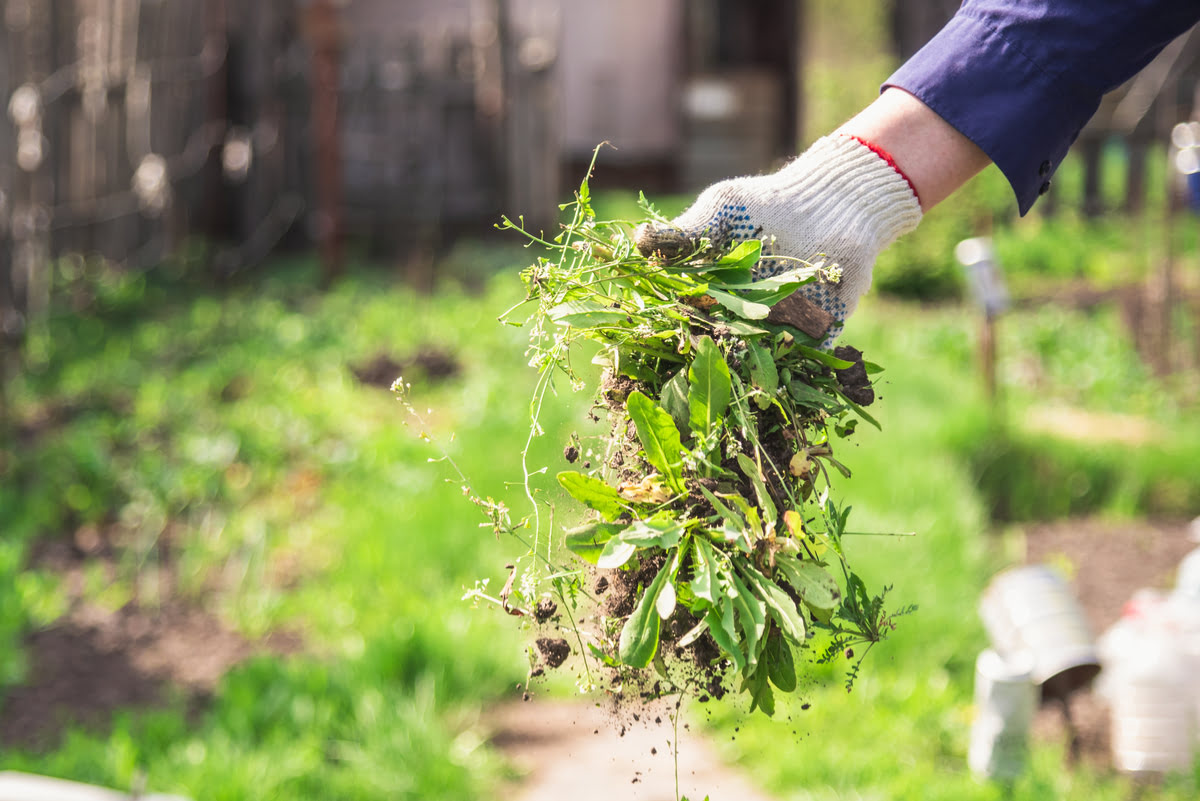

Landscaping Ideas
How To Kill Unwanted Grass And Weeds
Published: January 25, 2024
Learn effective landscaping ideas to kill unwanted grass and weeds. Discover the best methods for maintaining a weed-free garden.
(Many of the links in this article redirect to a specific reviewed product. Your purchase of these products through affiliate links helps to generate commission for Storables.com, at no extra cost. Learn more)
Introduction
Read more: How To Kill Weeds In The Grass
Introduction
Are you tired of battling unwanted grass and weeds in your garden or lawn? These persistent intruders can detract from the beauty of your landscape and compete with your desired plants for nutrients and space. Fortunately, there are effective methods for eradicating these nuisances and preventing their return. In this comprehensive guide, we will explore natural and chemical approaches to killing unwanted grass and weeds, as well as strategies for preventing regrowth. Whether you prefer eco-friendly solutions or more aggressive tactics, you'll find the information you need to reclaim your outdoor space and restore its natural beauty. Let's dive in and discover how to bid farewell to unwanted grass and weeds once and for all.
Key Takeaways:
- Say goodbye to unwanted grass and weeds by understanding their growth habits and using natural or chemical methods for effective eradication.
- Prevent regrowth of unwanted grass and weeds by implementing proactive measures like soil solarization, regular maintenance, and strategic plantings.
Understanding the Problem
Before embarking on a mission to eliminate unwanted grass and weeds, it’s essential to understand the nature of these pesky plants. Grass and weeds are resilient and opportunistic, capable of thriving in various environments and outcompeting desired vegetation. They spread through airborne seeds, underground rhizomes, and creeping stems, making them challenging to eradicate once they’ve taken root. Furthermore, their rapid growth and ability to adapt to different soil conditions enable them to quickly colonize bare patches of soil, cracks in pavement, and neglected garden beds.
One of the key challenges in dealing with unwanted grass and weeds is their ability to regrow from even the smallest remnants. If a tiny section of root or stem is left behind after attempted removal, these plants can spring back to life, frustrating the most determined gardeners.
Understanding the life cycle and growth habits of specific grasses and weeds in your area can provide valuable insight into the most effective eradication methods. By identifying the types of unwanted vegetation plaguing your landscape, you can tailor your approach to achieve the best results.
Natural Methods for Killing Grass and Weeds
For those seeking environmentally friendly solutions, several natural methods can effectively eliminate unwanted grass and weeds without resorting to chemical interventions. These methods not only target the existing vegetation but also promote soil health and sustainability.
1. Manual Removal: One of the most straightforward ways to tackle unwanted grass and weeds is through manual removal. This involves pulling the plants out by hand, ensuring that the roots are completely extracted to prevent regrowth. While this method can be labor-intensive, it is a precise and chemical-free approach to clearing the area.
2. Mulching: Applying a layer of organic mulch, such as wood chips, straw, or shredded leaves, can smother existing vegetation by blocking sunlight and hindering weed growth. Additionally, organic mulch enriches the soil as it decomposes, fostering a healthy environment for desired plants while suppressing weed emergence.
3. Boiling Water: Boiling water can be a potent ally in the battle against weeds. Pouring boiling water directly onto weeds and grass can scald and kill them, providing a simple yet effective means of eradication without the use of chemical herbicides.
4. Vinegar Solution: Household vinegar, particularly horticultural vinegar with a higher acetic acid concentration, can be utilized as a natural herbicidal spray. When applied carefully, vinegar can desiccate and kill unwanted vegetation. However, caution must be exercised to avoid harming desirable plants, as vinegar’s non-selective nature means it can damage any vegetation it comes into contact with.
By incorporating these natural methods into your weed and grass control regimen, you can maintain a harmonious and chemical-free landscape while effectively managing unwanted vegetation.
Chemical Methods for Killing Grass and Weeds
When natural methods prove insufficient for controlling stubborn grass and weeds, chemical interventions can offer effective and targeted solutions. It is crucial to exercise caution and follow safety guidelines when using chemical herbicides to prevent harm to desirable plants and minimize environmental impact.
1. Selective Herbicides: Selective herbicides are formulated to target specific types of plants while leaving desired vegetation unharmed. For example, grass-selective herbicides can eliminate unwanted grasses in broadleaf plant beds without affecting the surrounding flowers and shrubs. Understanding the specific weed species present in your landscape is essential for selecting the appropriate selective herbicide.
2. Non-Selective Herbicides: Non-selective herbicides, such as glyphosate-based products, are effective at eliminating a broad spectrum of vegetation. These potent herbicides are commonly used to clear large areas, such as driveways, walkways, and gravel paths, where no plant growth is desired. Care must be taken to avoid overspray or drift onto desirable plants, as non-selective herbicides can cause widespread damage if used improperly.
3. Pre-Emergent Herbicides: Pre-emergent herbicides are designed to prevent weed seeds from germinating, providing a proactive approach to weed control. By applying these herbicides before weed seeds sprout, you can inhibit the establishment of new weeds, reducing the need for post-emergent treatments.
4. Post-Emergent Herbicides: Post-emergent herbicides are applied to actively growing weeds and grasses, targeting their foliage and root systems. These herbicides are available in various formulations, including liquid sprays and granular products, offering flexibility in application methods based on the specific needs of your landscape.
Before using any chemical herbicides, it is advisable to carefully read and follow the manufacturer’s instructions, wear protective gear, and consider the potential impact on the surrounding ecosystem. When used responsibly, chemical methods can provide effective control of unwanted grass and weeds in landscapes and hardscapes.
To kill unwanted grass and weeds, use a mixture of vinegar, salt, and dish soap. Spray the solution directly onto the plants, avoiding any nearby desired plants. This natural solution will help to kill the unwanted grass and weeds.
Read more: How To Kill Weeds, Not Grass
Preventing Regrowth
After successfully eliminating unwanted grass and weeds, preventing their regrowth is essential for maintaining a pristine landscape. Implementing proactive measures can help thwart the resurgence of these persistent plants, ensuring long-term control and a flourishing outdoor environment.
1. Soil Solarization: Soil solarization is a natural method that utilizes solar heat to sterilize the soil and eradicate weed seeds, pathogens, and pests. By covering the cleared area with a transparent plastic tarp during the hottest months, the soil temperature rises significantly, effectively eliminating potential sources of regrowth.
2. Regular Maintenance: Consistent maintenance practices, such as regular weeding, mulching, and mowing, can prevent weeds and grasses from gaining a foothold in your landscape. By promptly removing any emerging weeds before they mature and set seed, you can disrupt their life cycle and minimize future infestations.
3. Planting Ground Cover: Introducing dense ground cover plants or spreading low-growing ornamental grasses can help fill in bare areas and inhibit weed establishment. These plants form a natural barrier, shading the soil and reducing opportunities for weed seeds to germinate and take hold.
4. Applying Weed Barrier Fabric: Weed barrier fabric, when installed beneath mulch or gravel, acts as a physical barrier to prevent weed growth. This permeable fabric allows water and nutrients to reach the soil while impeding the emergence of unwanted vegetation, providing long-lasting suppression of weeds.
By incorporating these preventative strategies into your landscape maintenance routine, you can minimize the likelihood of weed and grass regrowth, preserving the beauty and vitality of your outdoor space for years to come.
Conclusion
Conquering unwanted grass and weeds is a common challenge for gardeners and homeowners, but with the right approach, it is entirely achievable. By understanding the growth habits of these plants and employing a combination of natural and, when necessary, chemical methods, you can effectively regain control of your outdoor spaces.
Whether you opt for manual removal, organic mulching, or targeted herbicidal treatments, the key is to tailor your approach to the specific needs of your landscape while considering the environmental impact and long-term sustainability. Additionally, implementing preventative measures, such as soil solarization, regular maintenance, and strategic plantings, can help fortify your landscape against future weed and grass encroachments.
Ultimately, the goal is to create a healthy and vibrant outdoor environment where desired plants can thrive without competition from invasive grasses and weeds. By embracing a holistic approach to weed and grass control, you can cultivate a landscape that reflects your vision and enhances the beauty of your surroundings.
With the insights and strategies presented in this guide, you are well-equipped to tackle the challenge of unwanted grass and weeds, reclaiming your outdoor spaces and nurturing a flourishing landscape that brings joy and tranquility to your life.
Frequently Asked Questions about How To Kill Unwanted Grass And Weeds
Was this page helpful?
At Storables.com, we guarantee accurate and reliable information. Our content, validated by Expert Board Contributors, is crafted following stringent Editorial Policies. We're committed to providing you with well-researched, expert-backed insights for all your informational needs.
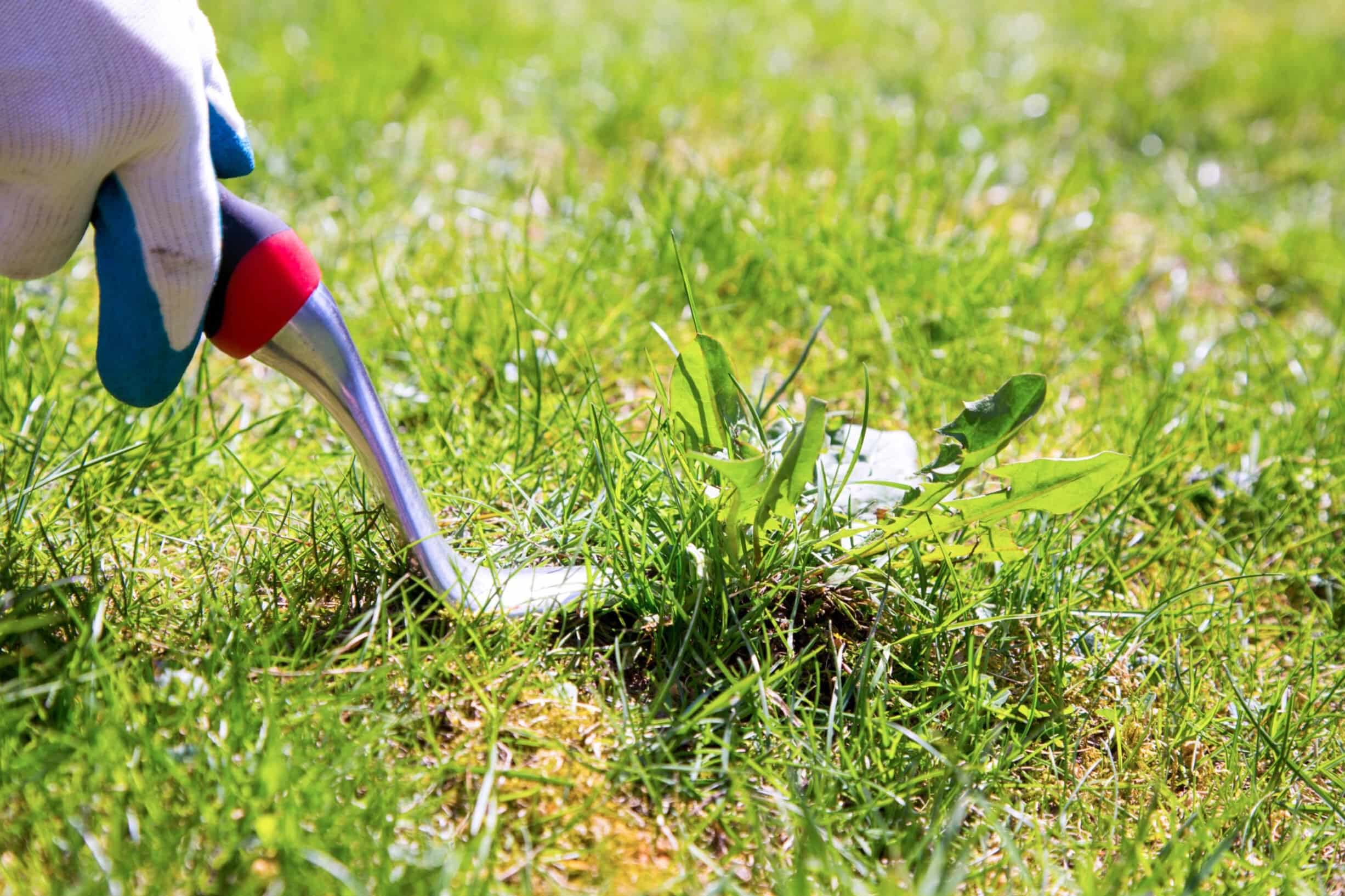
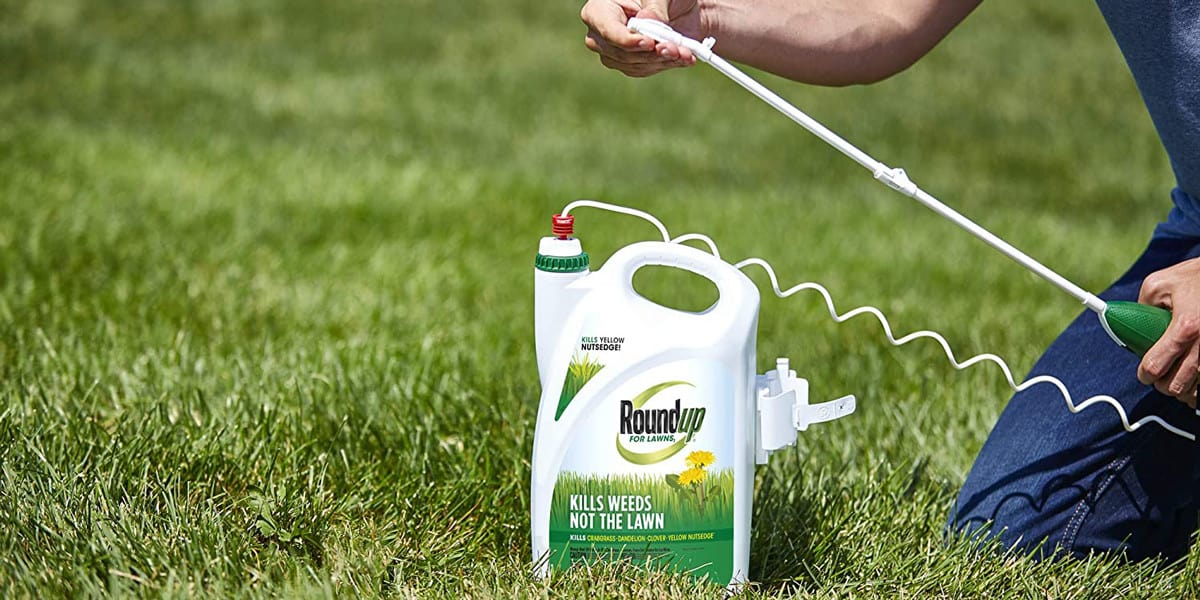
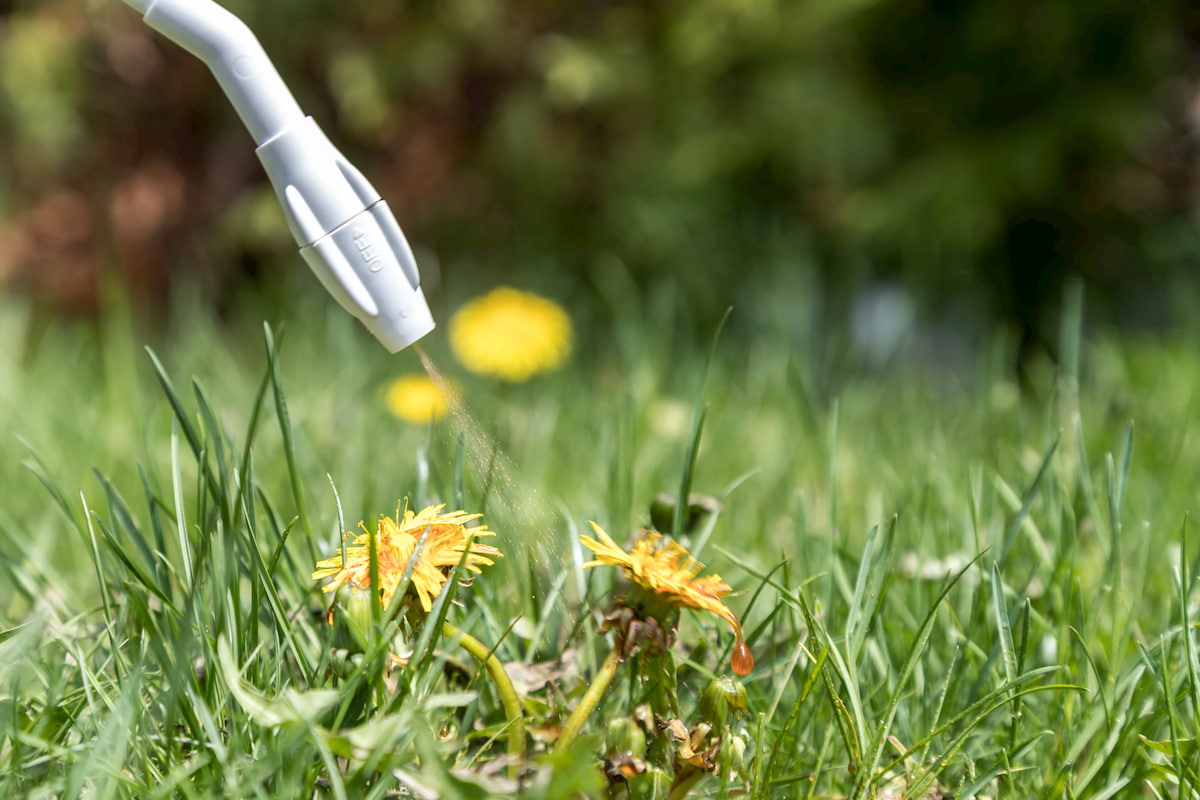
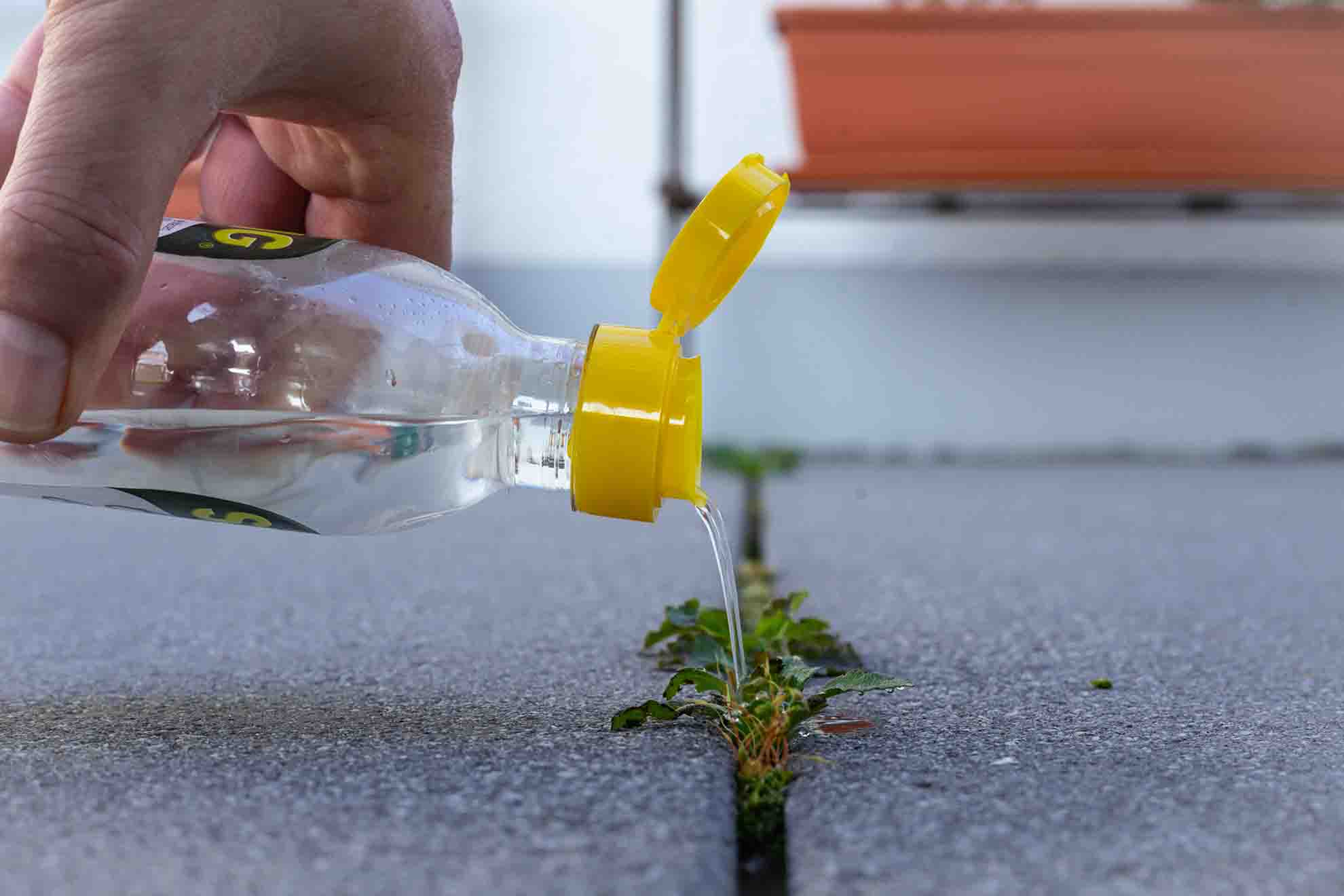
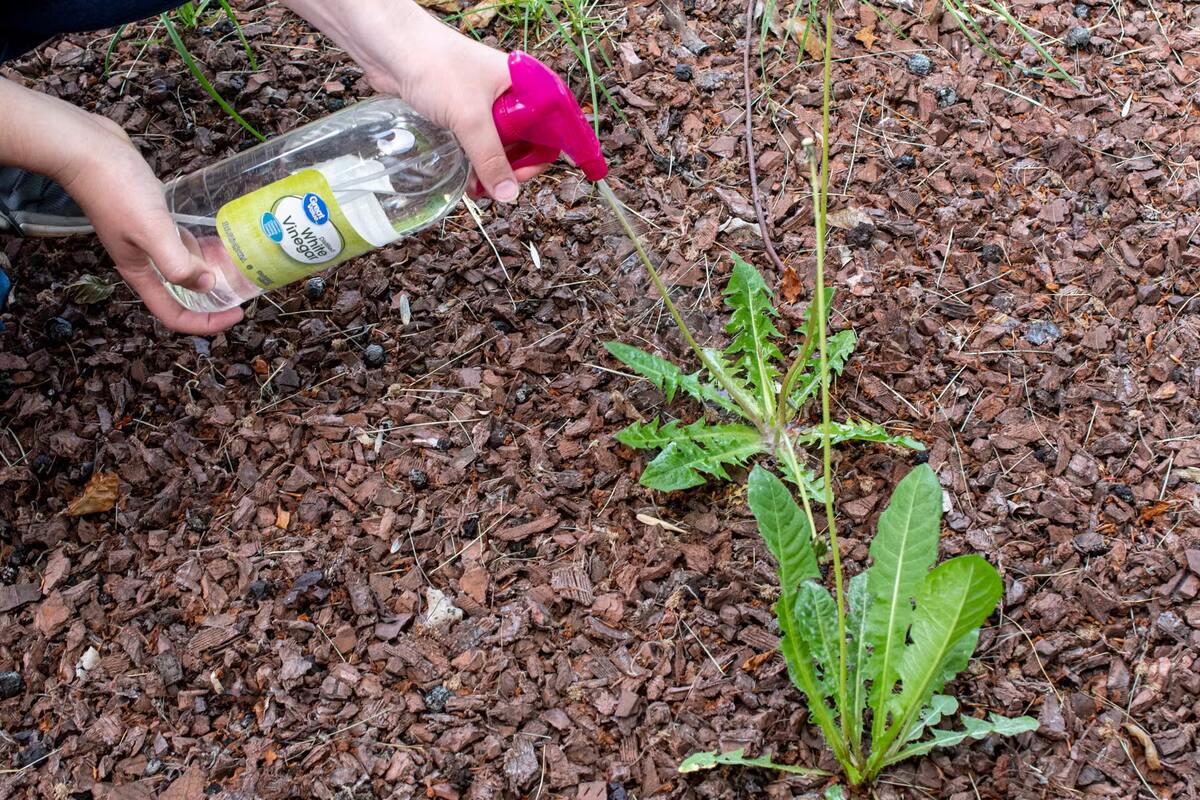


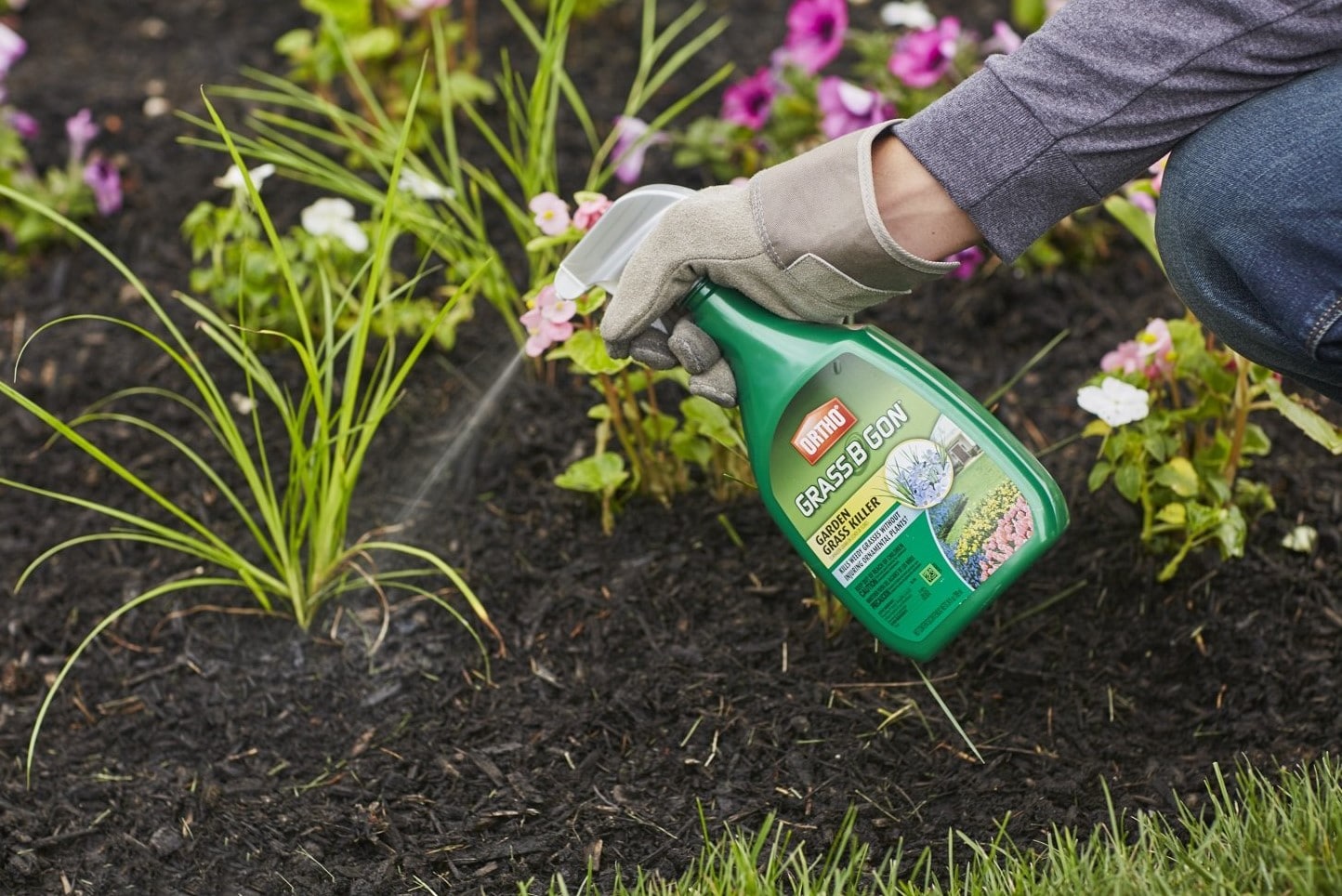
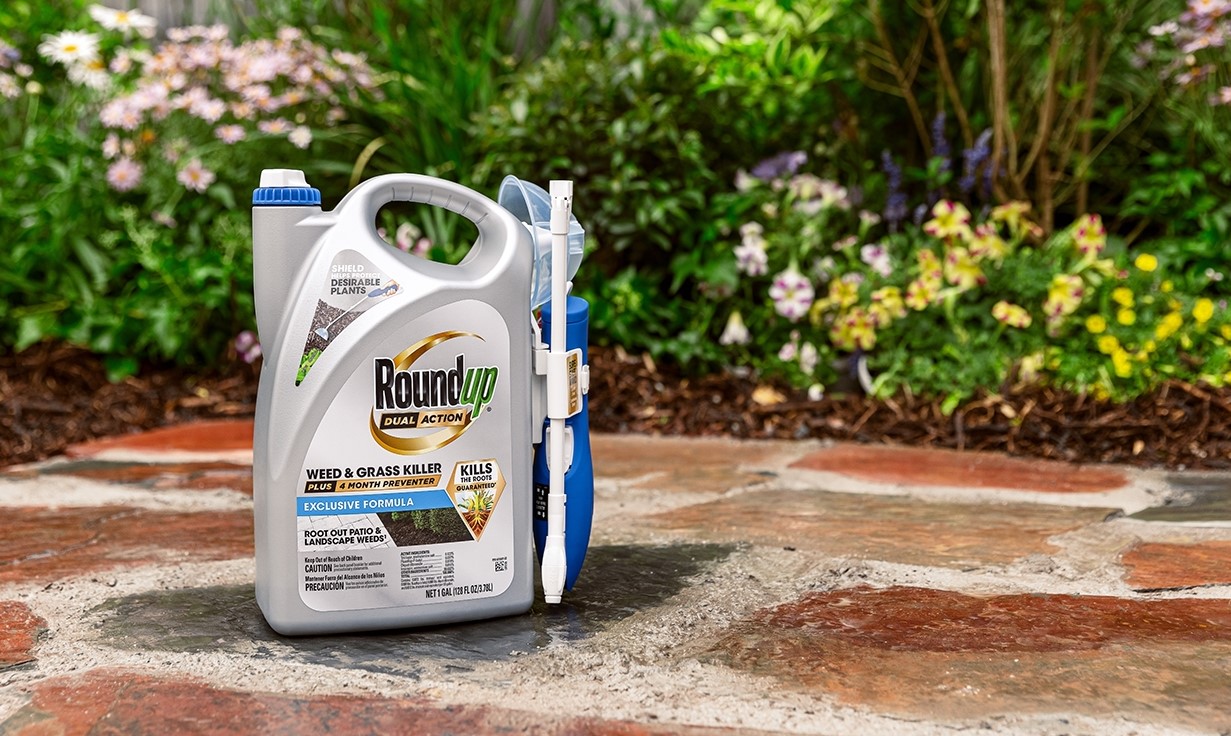
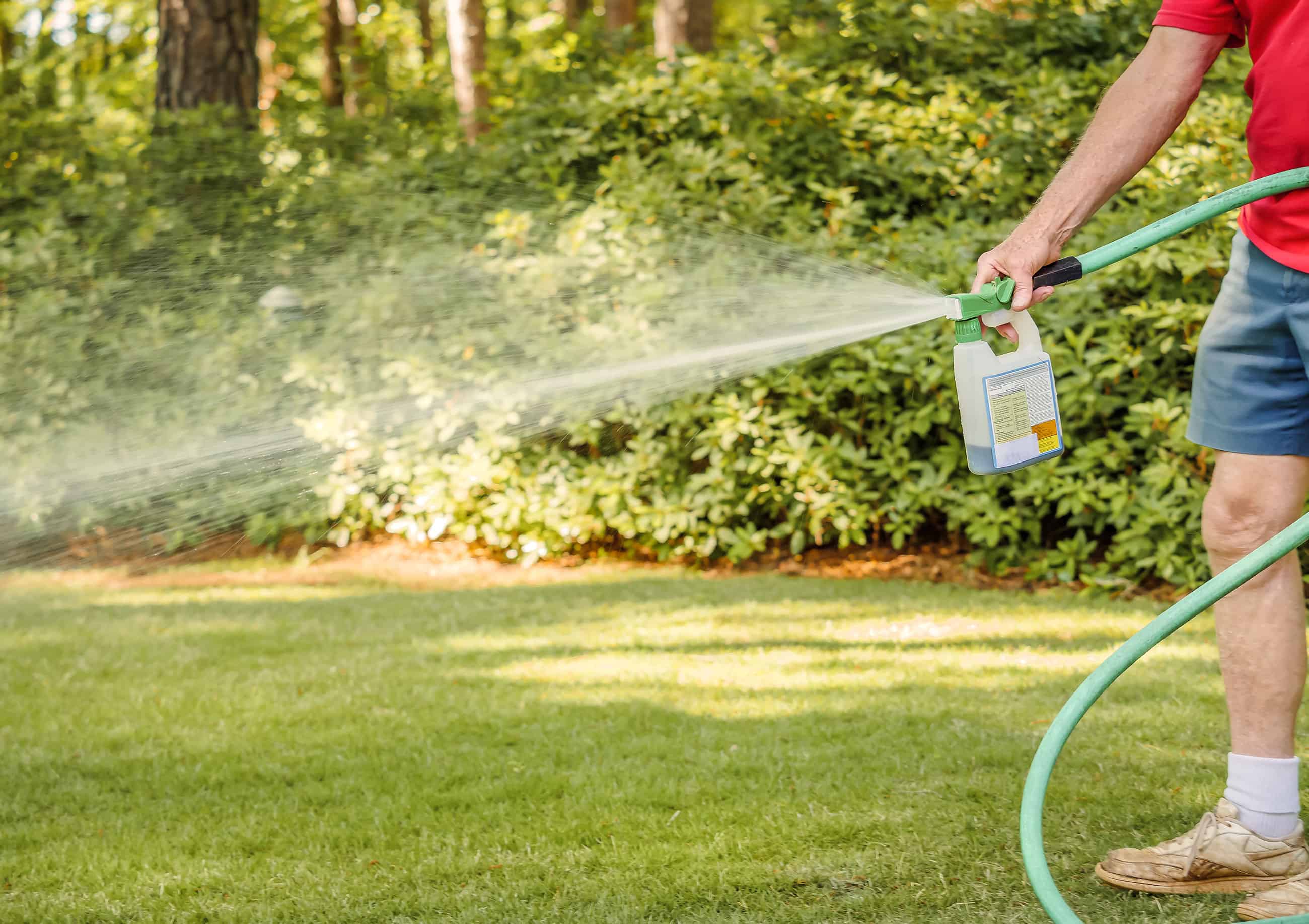
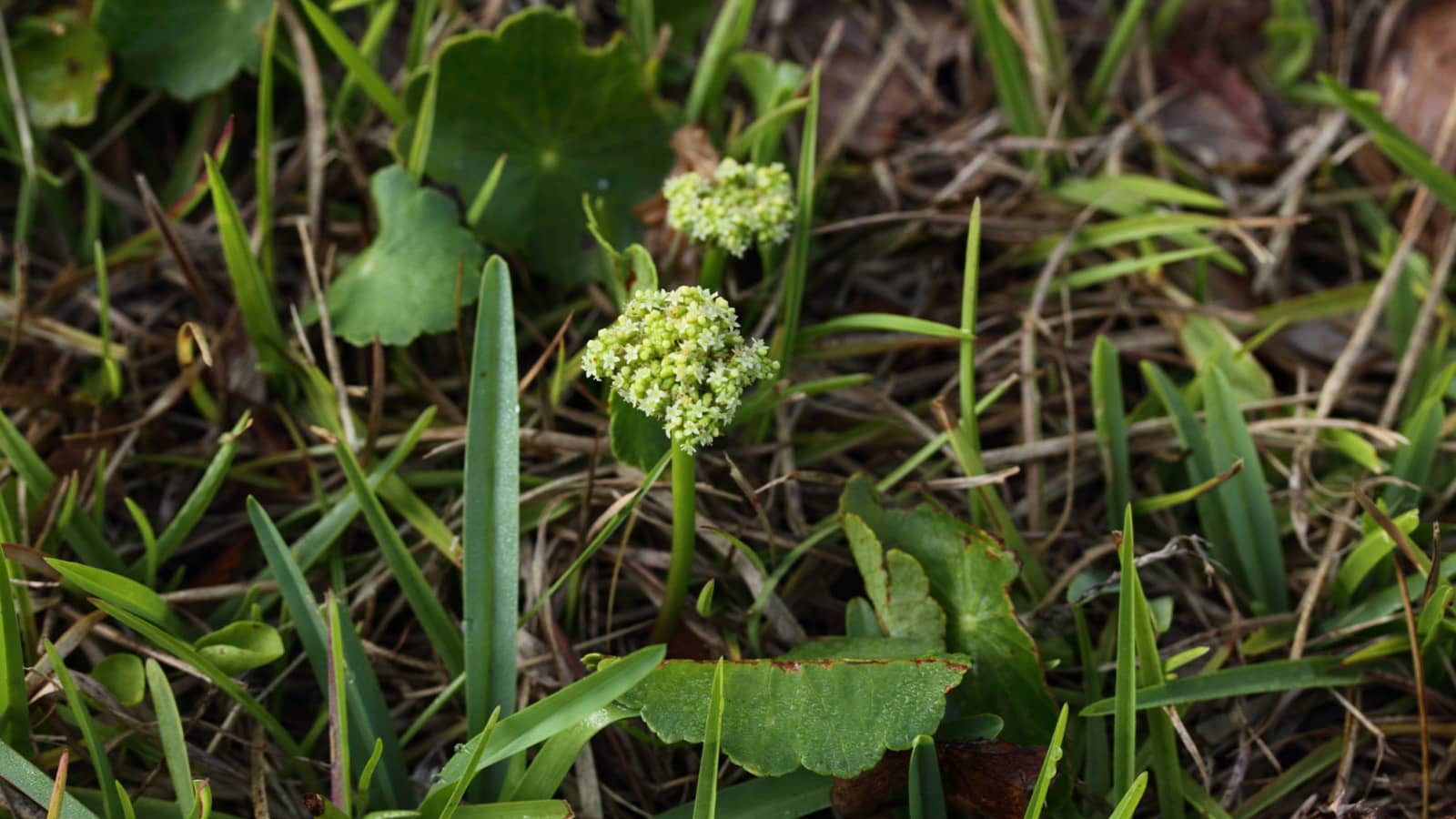
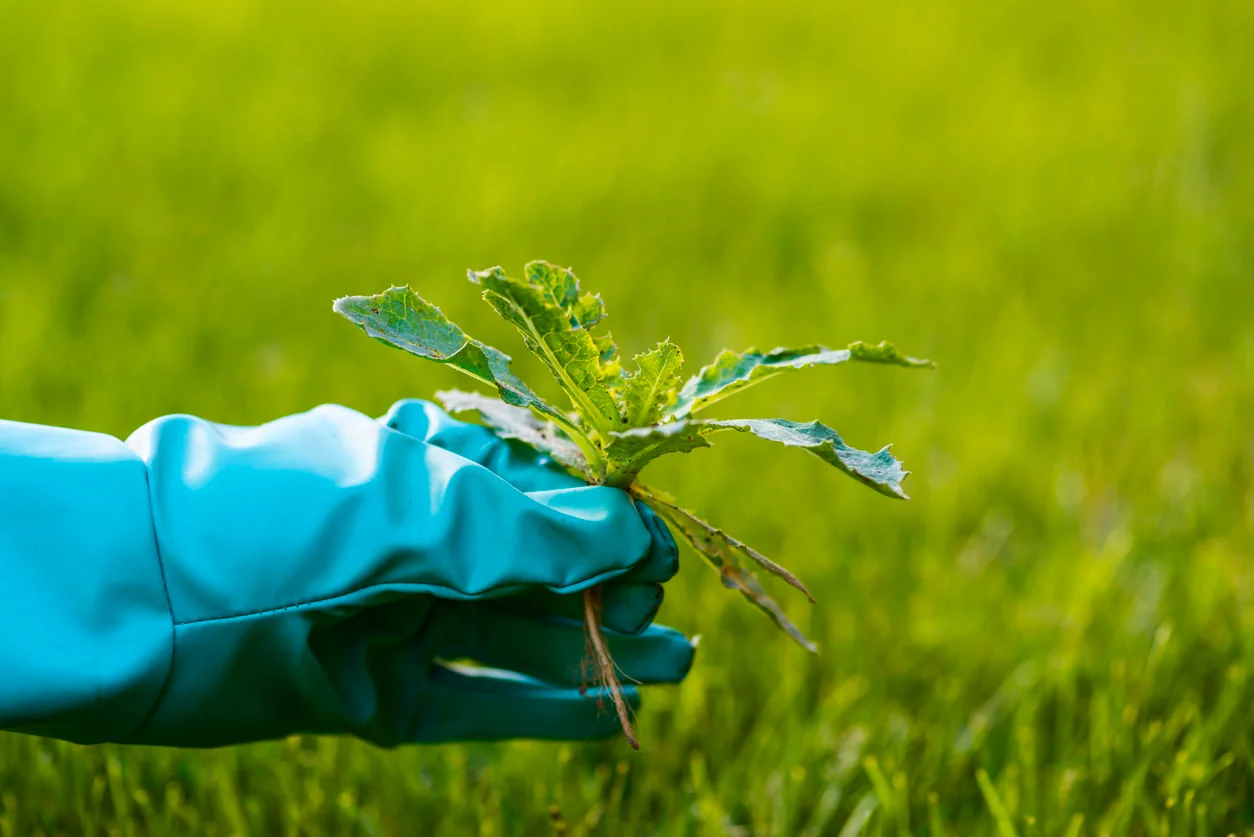
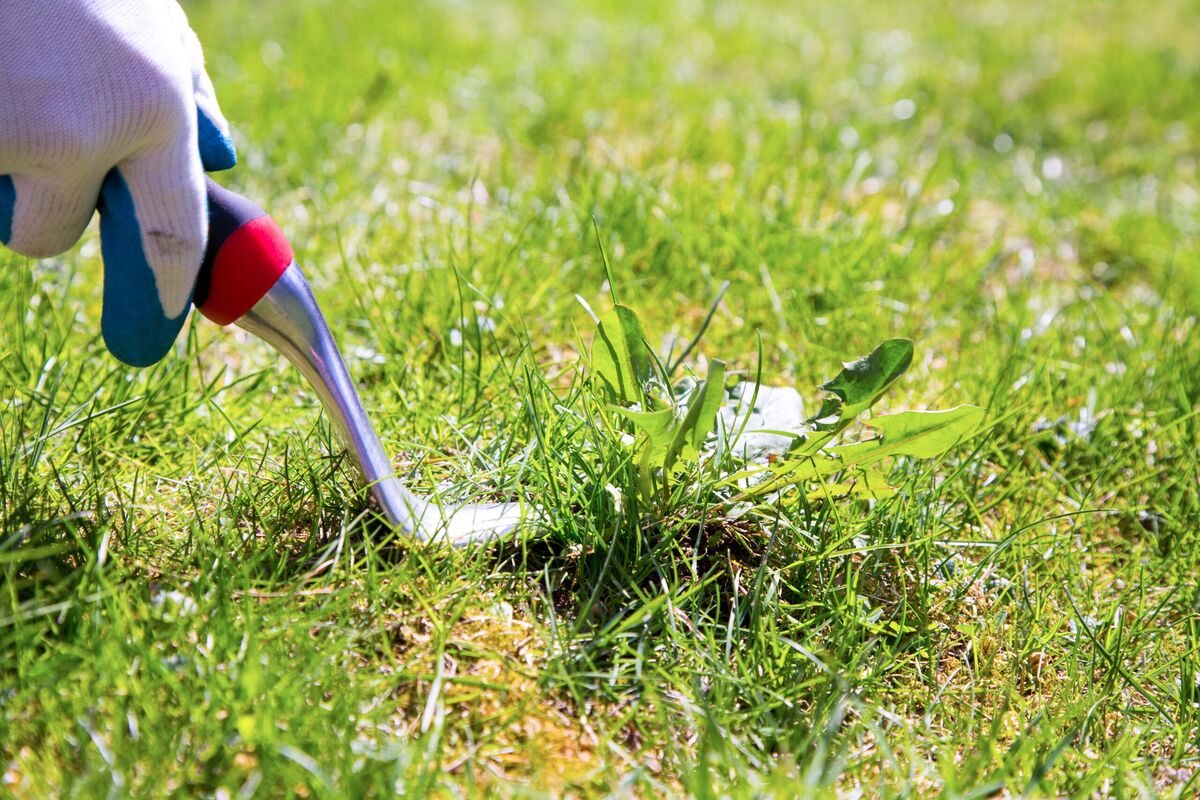
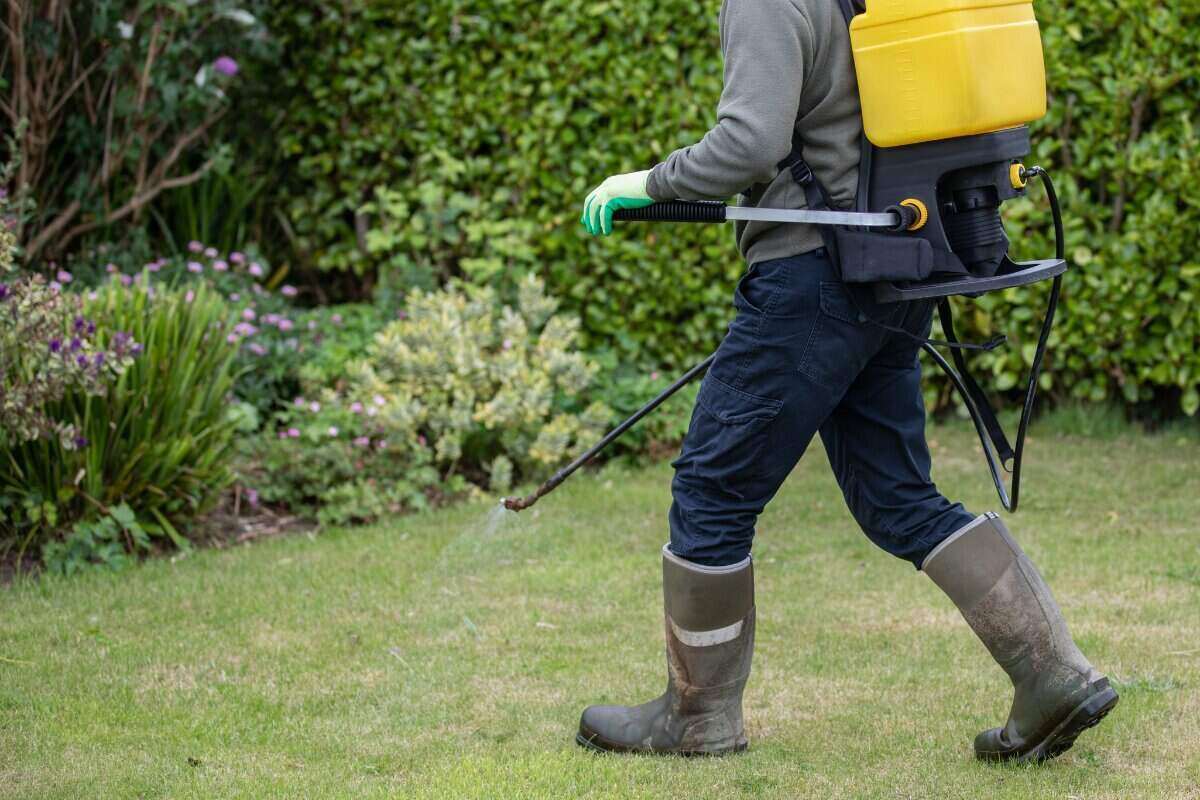

0 thoughts on “How To Kill Unwanted Grass And Weeds”